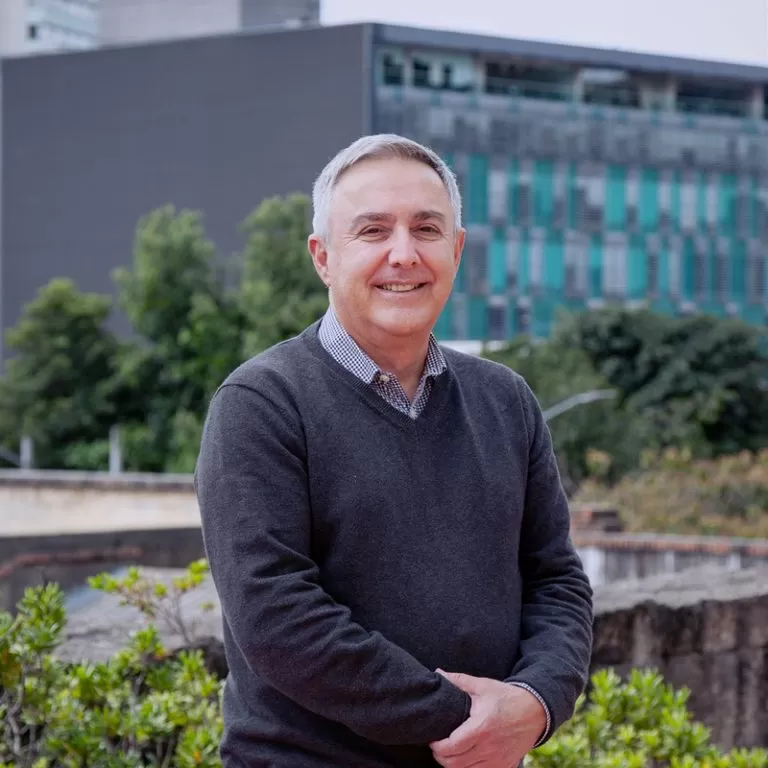Este libro muestra la muy vieja y estrecha relación que ha tenido la arquitectura y la fotografía en Medellín. Contiene una colección de imágenes extraídas de archivos fotográficos de la ciudad, como los de Melitón Rodríguez, Francisco Mejía, Jorge Obando, Benjamín de la Calle, Carlos Rodríguez, Óscar Duperly, Rafael Mesa y otros. Se ubicó a estos artistas y su obra en relación con la evolución arquitectónica y urbana de Medellín durante cien años aproximadamente, así como en la atmósfera de su formación académica y técnica. Las fotografías seleccionadas para hacer el libro muestran los cambios que casi simultáneamente experimentaban la arquitectura y la fotografía en la ciudad. Los textos que las acompañan indican al lector acerca de los hechos o noticias sobre la imagen en sí misma o sobre los edificios, calles o lugares que registran. La importancia de las fotografías del espacio urbano producidas entre 1900 y 1935, radica en su capacidad de mostrar una ciudad con gente deseosa de cambio en la forma de la ciudad, pero opuestas a abandonar las costumbres y tradiciones de su cultura no material.
This book shows the very old and close relationship that architecture and photography have had in Medellín. It contains a collection of images extracted from the city’s photographic archives, such as those of Melitón Rodríguez, Francisco Mejía, Jorge Obando, Benjamín de la Calle, Carlos Rodríguez, Óscar Duperly, Rafael Mesa and others. These artists and their work were placed in relation to the architectural and urban evolution of Medellín for approximately one hundred years, as well as in the atmosphere of their academic and technical training. The photographs selected to make the book show the changes that architecture and photography were undergoing almost simultaneously in the city. The accompanying texts tell the reader about the facts or news about the image itself or about the buildings, streets or places they record. The importance of the photographs of urban space produced between 1900 and 1935 lies in their ability to show a city with people eager to change the shape of the city, but opposed to abandoning the customs and traditions of their non-material culture.



